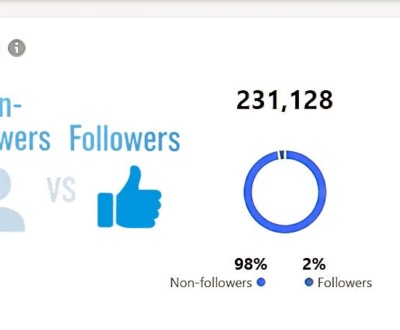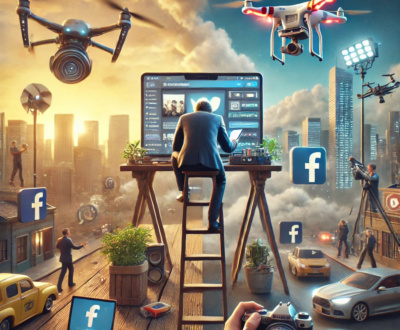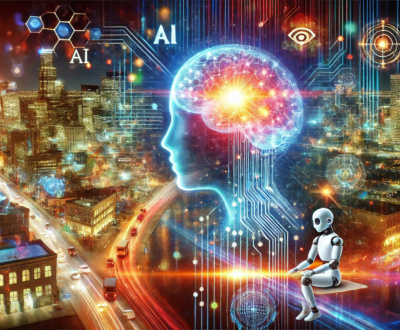The CEO Battlefield: Why Leadership Today Feels Like a War Zone
- November 6, 2025
- Leadership

“There was a time when being a CEO meant steering a ship — steady hand on the wheel, trusted crew, and a clear destination. Today, it’s more like trying to survive a storm that keeps changing direction. The winds of technology, culture, and expectation are fierce. The waves of public opinion rise and crash in real-time. And the crew? They’re no longer just employees — they’re activists, creators, and evaluators of your leadership, every single day.
Welcome to the modern CEO battlefield — a space where emotional stamina matters more than spreadsheets, and where the greatest threats to leadership aren’t just external, but internal.
⚔️ The 5 Modern Battlegrounds of Leadership
1. AI Transformation: The Digital Frontline
Artificial intelligence isn’t coming — it’s here.
And while some leaders have embraced it as an ally, others treat it like an enemy they don’t understand. The truth is, AI has redrawn the map of business competition. It’s not replacing leaders, but it’s exposing those who refuse to adapt.
The CEOs who survive this front are the ones who learn, evolve, and ask the right questions. They’re curious, not threatened. They integrate AI not to cut jobs, but to amplify human creativity and decision-making.
The battlefield lesson: AI doesn’t replace leadership — it reveals it.
2. Generational Divide: Culture vs. Command
For decades, leadership meant authority. Now, it means authenticity.
Today’s workforce — especially Gen Z and the rising Gen Alpha — don’t respond to traditional management hierarchies. They expect transparency, inclusivity, and purpose.
But many CEOs still operate from a playbook written in the 1980s — command and control instead of connect and collaborate. The result? Misalignment, quiet quitting, and disengagement.
Bridging generations requires humility and communication. CEOs must stop asking, “How do I make them work harder?” and start asking, “How can I make them care again?”
The battlefield lesson: Respect is no longer given by title — it’s earned through connection.
3. Talent Retention: The Loyalty Crisis
Talent used to stay for pensions. Now they stay for purpose.
In a market saturated with opportunity, the best employees no longer chase money — they chase meaning. CEOs who fail to build cultures of belonging will lose their best people to those who do.
It’s not about free snacks or ping-pong tables; it’s about being seen, heard, and valued. Leadership today must be relational, not transactional.
The battlefield lesson: Retention isn’t about perks — it’s about purpose.
4. Public Perception: The Mirror War
In the digital age, every CEO lives under public scrutiny.
A single tweet can undo a decade of reputation. Every internal decision is one screenshot away from becoming viral. The line between brand and leader has disappeared.
This has forced CEOs to become diplomats, PR strategists, and mental health advocates all at once. The modern CEO must learn the art of storytelling — not just to sell products, but to communicate vision, empathy, and accountability.
The battlefield lesson: In the age of transparency, authenticity is your armor.
5. Burnout: The Silent War Within
Even the strongest leaders are breaking down.
Behind closed doors, CEOs admit feeling exhausted, anxious, and emotionally drained. The expectation to always be “on,” to inspire others while hiding their own struggles, is unsustainable.
Real leadership today means humanizing the role — not pretending to be invincible. It means seeking help, delegating wisely, and knowing when to pause.
The battlefield lesson: The most powerful leaders are the ones who heal, not hide.
🧭 From Commanders to Connectors
The battlefield of modern leadership doesn’t reward dominance — it rewards empathy.
The leaders who will win in this new era are not the loudest voices in the room, but the ones who listen, learn, and lead with humanity.
At G Social Media, we’ve seen this evolution firsthand. CEOs who used to operate behind polished press releases are now telling real stories — about failure, resilience, and rebuilding. Those stories create culture, trust, and growth.
If you’re a leader trying to navigate this new world — start with connection. Build community before campaigns. Focus on purpose before profit. And remember, every great leader was once a great listener.
The world doesn’t need more CEOs. It needs more human beings who lead.
🎯 Final Takeaway
In today’s business world, leadership isn’t about holding the title — it’s about surviving the terrain.
Modern CEOs aren’t just steering the ship anymore; they’re navigating hurricanes of technology, culture shifts, and human emotion — all while the world watches in real time.
Those who rise aren’t the loudest or the toughest. They’re the most aware. They listen, adapt, communicate, and lead with empathy as their strategy — not their weakness.
AI, generational divides, and global uncertainty have redrawn the map of leadership. The battlefield isn’t just in the boardroom — it’s in the balance between innovation and humanity.
At G Social Media, we’ve seen how storytelling, clarity, and emotional connection rebuild trust and momentum when the data and noise get too loud. The future belongs to CEOs who know when to fight, when to pivot, and when to feel.
This is not just a war for market share — it’s a mission for meaning.
If you’re leading through chaos and looking to regain focus, rebuild confidence, or reframe your brand’s story in a noisy world — let’s talk.
🧭 G Social Media
Helping leaders navigate the battlefield of modern business with clarity, creativity, and conviction.
About us and this blog
We are a digital marketing company with a focus on helping our customers achieve great results across several key areas.
Request a free quote
We offer professional SEO services that help websites increase their organic search score drastically in order to compete for the highest rankings even when it comes to highly competitive keywords.
Subscribe to our newsletter!
More from our blog
See all postsRecent Posts
- Followers vs Non‑Followers: Why Your “Tribe” Isn’t Always Your True Win November 9, 2025
- PR in 2025: Public Relations in a Post-Spin World November 7, 2025
- The CEO Battlefield: Why Leadership Today Feels Like a War Zone November 6, 2025










